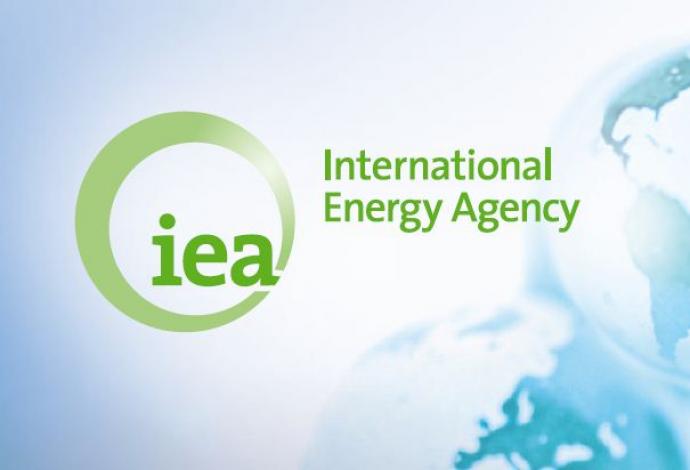Last month (April 2022) the International Energy Agency made a few corrections to its 2021 report The Role of Critical Minerals in Clean Energy Transitions. There are a couple of versions available online, the full report (250 pages) and a much shorter extract or Executive Summary.
I would like to propose a few points to mull over taken from my understanding of the findings.
From the report:
Solar photovoltaic (PV) plants, wind farms and electric vehicles (EVs) generally require more minerals to build than their fossil fuel-based counterparts. A typical electric car requires six times the mineral inputs of a conventional car and an onshore wind plant requires nine times more mineral resources than a gas-fired plant. Since 2010 the average amount of minerals needed for a new unit of power generation capacity has increased by 50% as the share of renewables in new investment has risen.
Lithium, nickel, cobalt, manganese and graphite are crucial to battery performance, longevity and energy density. Rare earth elements are essential for permanent magnets that are vital for wind turbines and EV motors. Electricity networks need a huge amount of copper and aluminium, with copper being a cornerstone for all electricity-related technologies.
As energy transitions gather pace, clean energy technologies are becoming the fastest-growing segment of demand. In a scenario that meets the Paris Agreement goals (as in the IEA Sustainable Development Scenario [SDS]), their share of total demand rises significantly over the next two decades to over 40% for copper and rare earth elements, 60-70% for nickel and cobalt, and almost 90% for lithium.
The report estimates that the need for these minerals will double between today and 2040, but if we are to reach the goals of the Paris Climate Agreement the increase would be four-fold, and to reach net zero carbon emission six times as much as currently produced would be required.
The growth is not equally distributed across sectors however. If we are looking at storage (batteries) for electric vehicles and the likes:
Lithium sees the fastest growth, with demand growing by over 40 times by 2040, followed by graphite, cobalt and nickel (around 20-25 times). The growth of hydrogen as an energy carrier brings different mineral uses and growth in demand for nickel and zirconium for electrolysers, and for platinum-group metals for fuel cells.
Existing mines and projects under construction is estimated to meet only half of projected lithium and cobalt requirements and 80% of copper needs by 2030, and it takes on average 16.5 years to take the first minerals out of the ground after discovery, so the clock is well and truly ticking.
As regular readers will know, I am interested in the geopolitical implications of technological development, so here are a few more nougats for thought:
For lithium, cobalt and rare earth elements, the world’s top three producing nations control well over three-quarters of global output. In some cases, a single country is responsible for around half of worldwide production. The Democratic Republic of the Congo (DRC) and People’s Republic of China (China) were responsible for some 70% and 60% of global production of cobalt and rare earth elements respectively in 2019.
The level of concentration is even higher for processing operations, where China has a strong presence across the board. China’s share of refining is around 35% for nickel, 50-70% for lithium and cobalt, and nearly 90% for rare earth elements.
And we have to remember that mining for minerals is not always a pretty affair, and brings lots of social and environmental concerns.
The report makes six recommendation that are summarized in the Executive version as follows:
1. Ensure adequate investment in diversified sources of new supply. Strong signals from policy makers about the speed of energy transitions and the growth trajectories of key clean energy technologies are critical to bring forward timely investment in new supply. Governments can play a major role in creating conditions conducive to diversified investment in the mineral supply chain.
2. Promote technology innovation at all points along the value chain. Stepping up R&D efforts for technology innovation on both the demand and production sides can enable more efficient use of materials, allow material substitution and unlock sizeable new supplies, thereby bringing substantial environmental and security benefits.
3. Scale up recycling. Policies can play a pivotal role in preparing for rapid growth of waste volumes by incentivising recycling for products reaching the end of their operating lives, supporting efficient collection and sorting activities and funding R&D into new recycling technologies.
4. Enhance supply chain resilience and market transparency. Policy makers need to explore a range of measures to improve the resilience of supply chains for different minerals, develop response capabilities to potential supply disruptions and enhance market transparency. Measures can include regular market assessments and stress-tests, as well as strategic stockpiles in some instances.
5. Mainstream higher environmental, social and governance standards. Efforts to incentivise higher environmental and social performance can increase sustainably and responsibly produced volumes and lower the cost of sourcing them. If players with strong environmental and social performance are rewarded in the marketplace, it can lead to greater diversification among supply.
6. Strengthen international collaboration between producers and consumers. An overarching international framework for dialogue and policy co-ordination among producers and consumers can play a vital role, an area where the IEA’s energy security framework could usefully be leveraged. Such an initiative could include actions to (i) provide reliable and transparent data; (ii) conduct regular assessments of potential vulnerabilities across supply chains and potential collective responses; (iii) promote knowledge transfer and capacity building to spread sustainable and responsible development practices; and (iv) strengthen environmental and social performance standards to ensure a level playing field.
All of which would fit within a Responsible Innovation approach.
Take a look at the executive summary linked above (the full report is also available there). All of this information is presented in graph form and very easy to digest.


